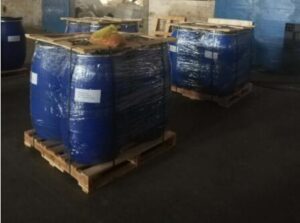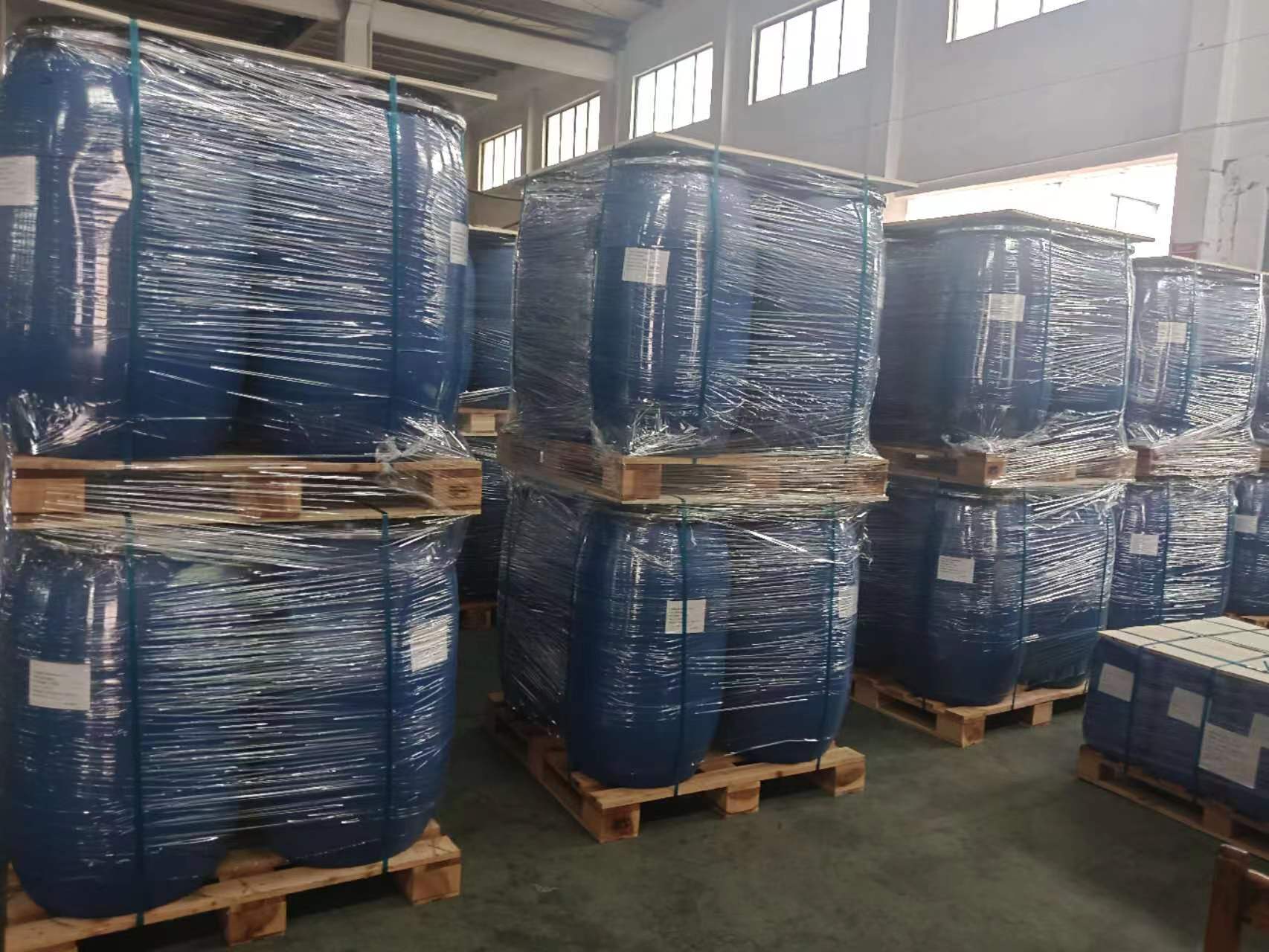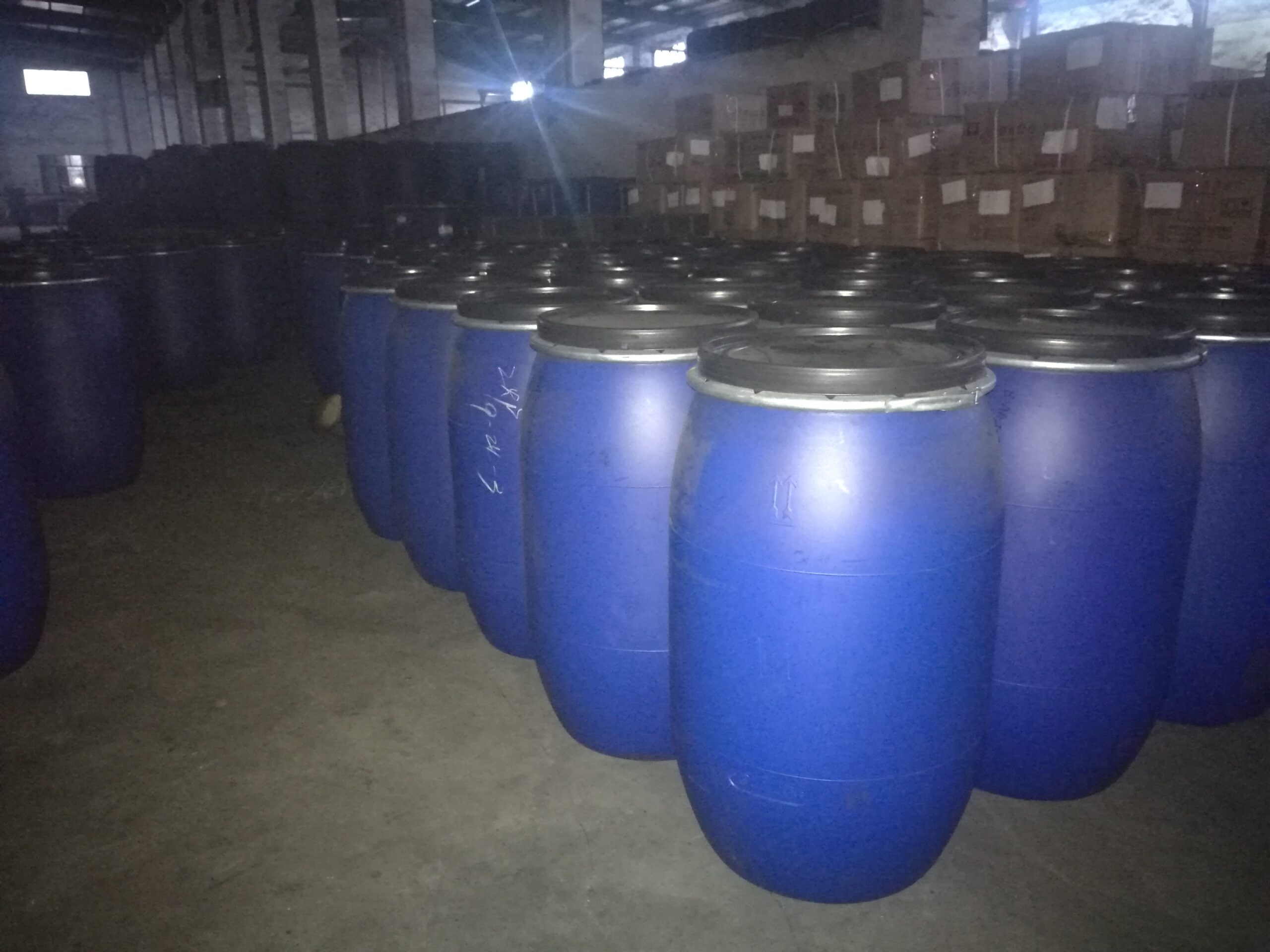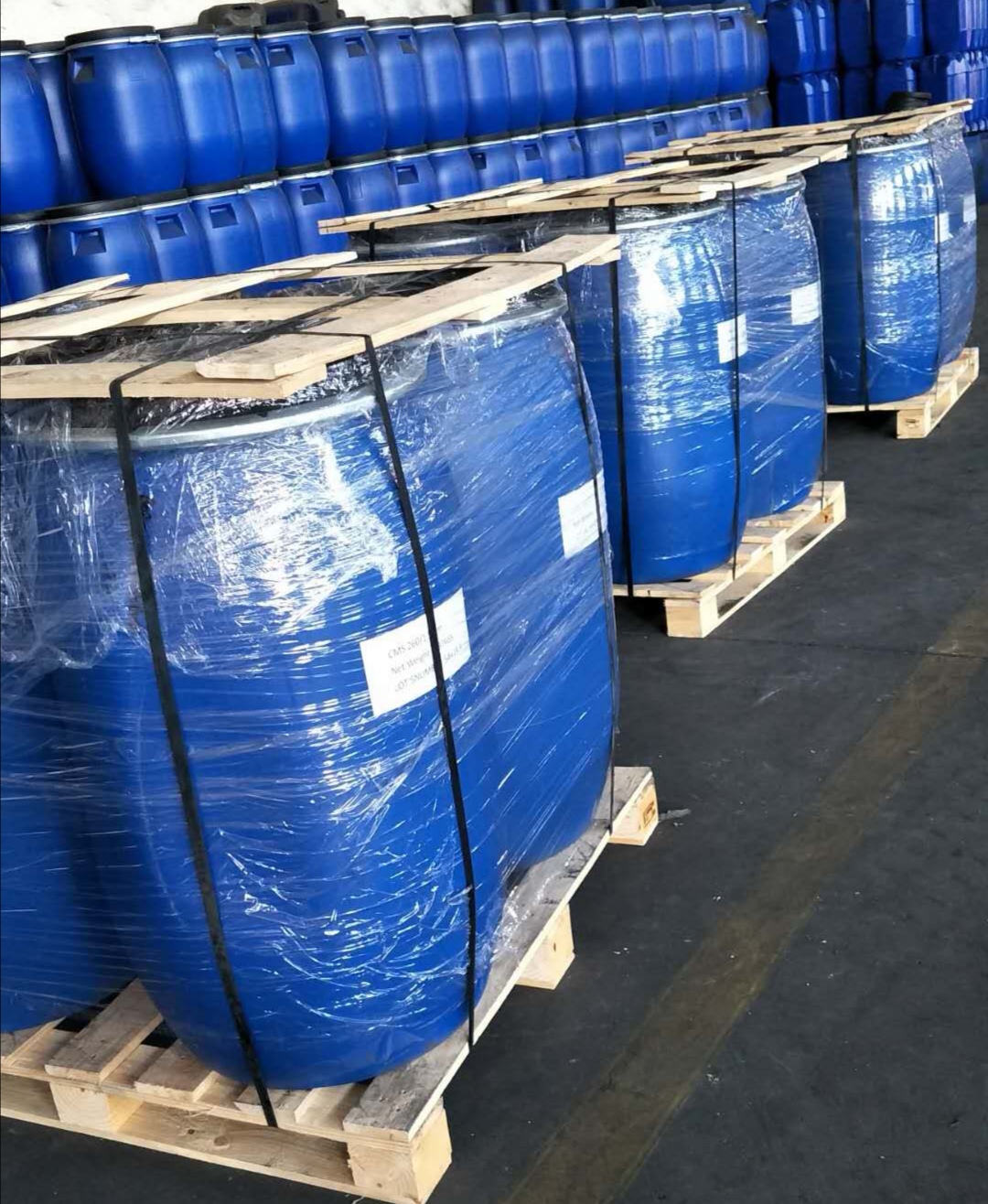Characteristics and Applications of Membrane Separation Nitrogen Production System
Membrane separation nitrogen generation systems are a technology that extracts nitrogen from the air using gas separation membranes. The core of this technology lies in the separation achieved through the differences in the permeation rates of various gases in the membrane material. The following is a detailed analysis of its application fields:
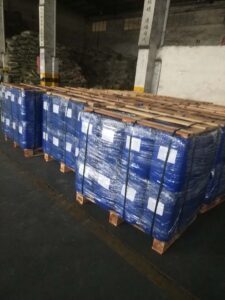
一、The oil and gas industry
Application scenarios:
Inerting protection: Nitrogen is injected into oil tankers and storage tanks to reduce the oxygen concentration and prevent explosions.
Pipeline purging: When undergoing maintenance or being shut down, nitrogen is used to replace the flammable gas inside the pipeline.
Enhanced oil recovery: Inject nitrogen into oil wells to maintain formation pressure.
Advantages: The membrane system has no moving parts, making it suitable for harsh environments such as offshore platforms; it does not require chemical agents, ensuring high safety
二、Chemical and Pharmaceutical Industry
Application scenarios:
Reaction protection: Chemical reactions sensitive to oxygen (such as polymerization reactions) need to be covered with nitrogen.
Pharmaceutical packaging: Nitrogen-filled packaging extends the shelf life of medicines (such as antibiotics and vitamins).
Solvent recovery: Nitrogen is used as the carrier gas to recover volatile organic compounds (VOCs).
Advantages: Membrane separation can provide continuous and stable high-purity nitrogen (95% to 99.9%), meeting GMP requirements.
三、Food and Beverage Industry
Application scenarios:
Modified Atmosphere Packaging (MAP): Nitrogen is used to displace oxygen in the packaging to inhibit the growth of microorganisms (such as potato chips and coffee).
Beer brewing: Nitrogen is used to remove oxygen before bottling to prevent flavor deterioration.
Grain silo nitrogen filling: Pest control in large-scale grain storage.
Advantages: No pollution, avoiding chemical preservatives; compact system, suitable for integration into food production lines.
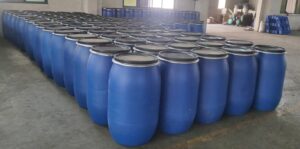
四、Electronic Manufacturing
Application scenarios:
SMT soldering: Nitrogen protection reduces oxidation of solder joints and improves yield.
Semiconductor production: Used in inert environments during wafer processing (such as annealing, etching).
Advantage: The membrane system can provide nitrogen with a low dew point (below -40℃), preventing moisture from affecting precision components.
五、Medical Care and Laboratories
Application scenarios:
Medical equipment: Provide nitrogen for ventilators and anesthesia machines (which needs to be mixed with other gases).
Laboratory analysis: Carrier gas for GC/MS and other instruments, or creation of an anaerobic environment in a culture box.
Medical-grade nitrogen must comply with ISO 7396-1 standards, and the membrane system requires an additional purification module.
六、Other Industrial Applications
Nitrogen-filled tires: Reduce oxidation inside the tire, extend lifespan (common in racing and aviation fields).
Fire protection system: Nitrogen-based fire suppression systems (such as IG541 systems) in places like data centers.
Metal heat treatment: Anti-oxidation during annealing and quenching processes.
Membrane separation nitrogen generation systems, with their flexibility, low maintenance and environmental friendliness, continue to replace traditional technologies in small and medium-scale applications, especially in distributed demands (such as remote oil fields) and mobile equipment (on-board nitrogen generation).
